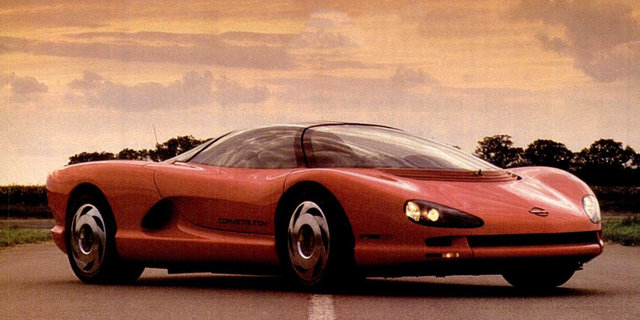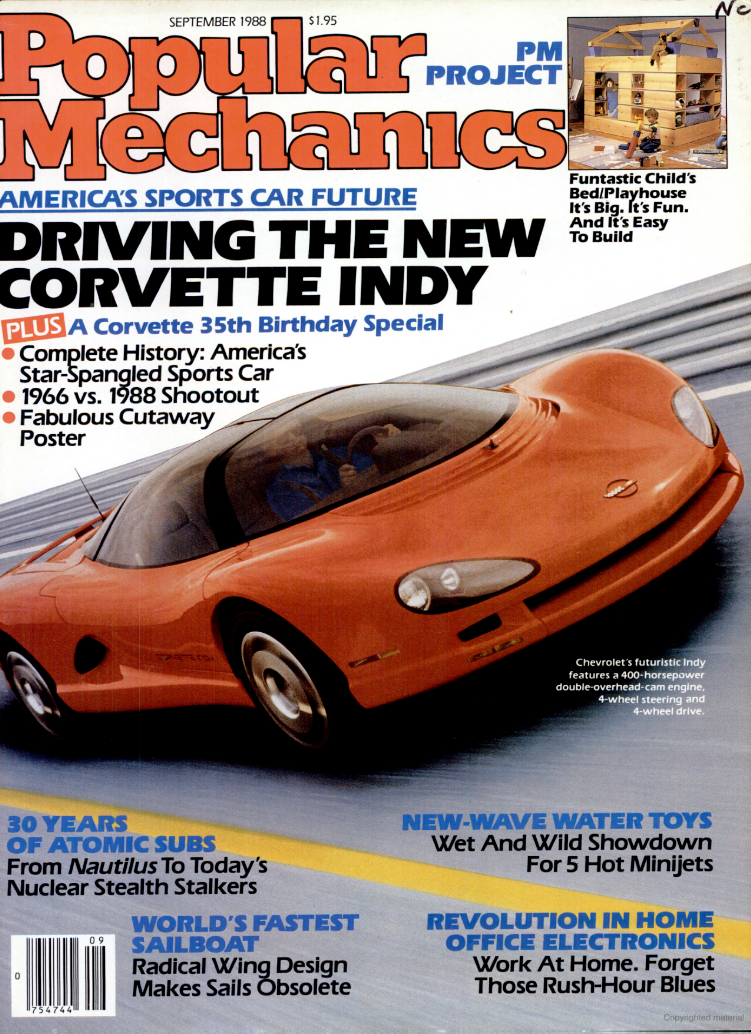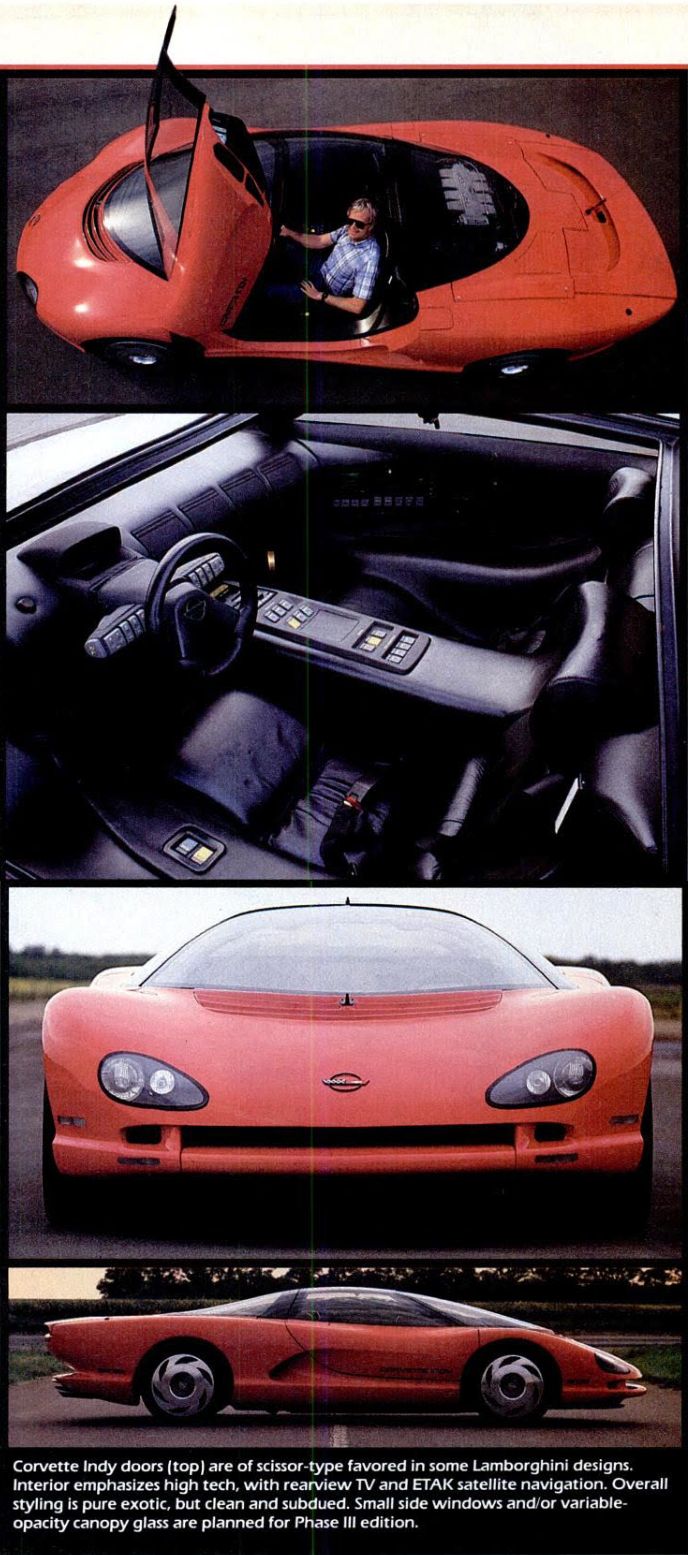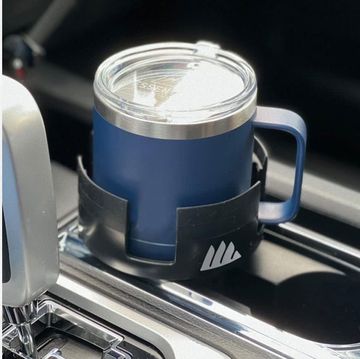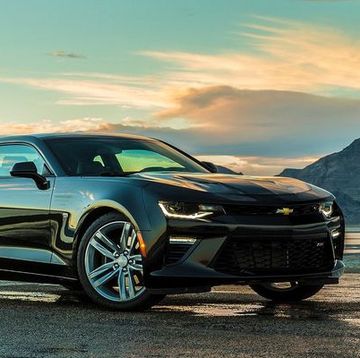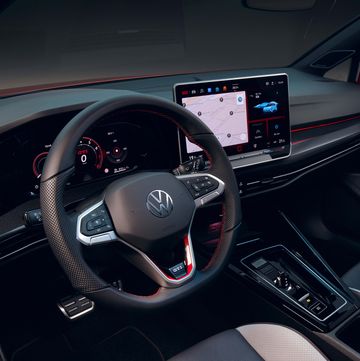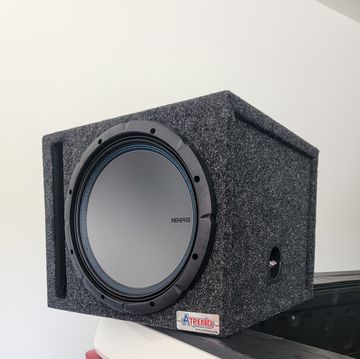It's an understatement to say that we've been waiting a long time for the mid-engine Corvette. In fact, we drove one 31 years ago, for the September, 1988 issue. That car, the Corvette Indy, did presage the forthcoming ZR-1, since it used the LT5 32-valve V8. But the car's seriousness, or lack thereof, is exposed by features like the transmission—an Oldsmobile Toronado automatic.
Our editor, Tony Swan, acknowledged that the Corvette Indy could take on Ferrari and Lamborghini "if it ever reaches production." Well, we know how that turned out. But it was an intriguing concept. One that persisted long enough to become a reality.
Ultimate corvette. In 35 years, those two words have had plenty of exercise. The SS. SR-2. Grand Sport. Mako Shark. XP-800. Contenders have been plentiful.
But surely this car puts all previous claimants in the shade. Surely the Corvette Indy will elevate Chevy's sacred nameplate beyond mere world class into the rarefied regions of the Porsche 959, Ferrari Testarossa and Lamborghini Countach.
If it ever reaches production.
And this is not beyond the realm of possibility. Although GM normally resists lower-volume exotics, the Corvette Indy has gone well beyond its original scope. What began as a concept car for the 1986 Detroit Auto Show has expanded into a full-scale prototype program. The car shown here is Phase II. Phase III, already in the works, will be a preproduction edition.
Phase 1, which went from clay model to finished show car in six weeks, was not a runner. Ramrodded by Jack Schwartz, ex-PPG pace-car maven, currently with Chevrolet Special Vehicles, the show car had no underpinnings—only an Ilmor-Chevy Indy car motor plunked into the engine bay.
But the shape was enough to light the not-readily-flammable imaginations of GM's decision makers, and Schwartz moved on to development of the car you see here. At this point, Lotus entered the picture, partly because GM's new subsidiary was already at work on the aluminum LT-5 32-valve DOHC V8, partly because mid-engine supercars are this firm's stock in trade.
Schwartz and Lotus worked out an impressive hardware list-fully active suspension, full-time 4wd and a filament-wound carbon-fiber backbone chassis with a load capacity of 83 tons per square inch, compared to about 18 for a comparable steel structure. (ABS braking and 4-wheel steering will wait for Phase III.)
The car's front and rear suspension—a maze of A-arms and power rams—are bolted to subframes rigidly mated to the central tube, rigidity being the key to an active system.
The LT-5 engine, its intake runners exposed as part of the car's design, sits crossways behind the passenger compartment. It's mated to a modified Olds Toronado transaxle.
There are also interesting items inside the car. Schwartz insisted on multiplex wiring, rearview TV, electronic instrumentation and ETAK-satellite navigation.
The car rides on huge tires specially developed by Goodyear—275/40ZR17 front, 315/35ZR-17 rear—which give the car plenty of stick, with or without active suspension. Those wheels—12 in. wide—were machined from solid aluminum billet.
We picked up plenty of information when we visited the Lotus facilities, near Norwich, England. But what we really wanted to do was drive the car. And finally we did, on the Lotus test track. With the plastic canopy cinched down and the LT-5 grumbling at idle, the Corvette Indy feels more like a fighter plane than a car, pretty much what its designers had in mind.
There's quite a bit of noise, some from the engine, more from the active-suspension pumps, but Schwartz and his Lotus compatriots will have this under control in Phase III.
The LT-5 in the Corvette Indy bore a very early serial number—002—but it still made plenty of torque and, once rolling, stirred the 3300-pound prototype along with zeal.
As you'd expect with a half-million-dollar prototype, we were cautious, particularly with the active system ailing. A couple of transducers had been damaged in shipment, which led to a bit of oscillation in cornering.
On the other hand, with double A-arms all around and massive rubber, the Corvette Indy behaves very much like a good-riding race car. Again, precisely what they had in mind. We can hardly wait for Phase III.
